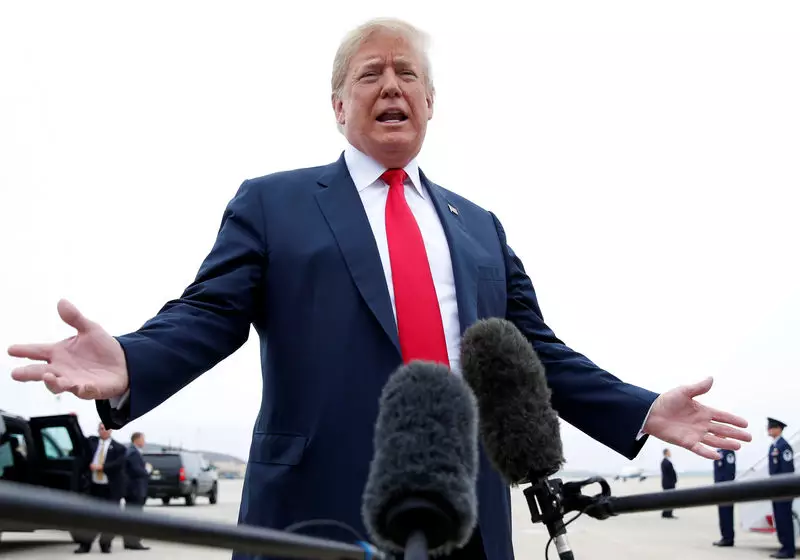As Donald Trump embarks on his second term as President, the horizon for the U.S. economy and global markets emerges shrouded in complexity. Analysts at Citi have painted a picture of an economic environment that is not only robust but also fraught with potential upheaval. The U.S. economy, currently thriving compared to other major developed markets, shows signs of resilience, primarily driven by strong consumer spending and a vibrant corporate sector. However, the administration’s looming policies inject a layer of uncertainty that could lead to both beneficial and detrimental economic shocks.
Citi’s analysts have remarked that Trump’s policy agenda is rife with ambiguity. While the notion of tax cuts and deregulation may initially appear favorable, the potential for increased tariffs and immigration restrictions could create tension in both domestic markets and international trade relations. The firm has underscored the troublesome ramifications of proposed tariff hikes, particularly targeting China, predicting an increase in the effective U.S. tariff rate by approximately 5%. More alarmingly, there are hints at extreme measures, such as imposing a staggering 60% tariff on Chinese goods. Such steps raise legitimate concerns about their capacity to stifle economic growth, creating an environment where markets may react negatively to the anticipated fallout.
In light of these potential adjustments, Citi offers a nuanced perspective on how different segments of the financial markets might respond. They acknowledge that while targeted tariffs may have limited effects on U.S. equities, broader tariffs could compress corporate profit margins, ultimately shaping investor sentiments. International markets, especially those in Europe and China, may experience more severe repercussions. Additionally, concerns surrounding rising deficits and inflation could lead to higher U.S. yields, further complicated by the pressures stemming from these trade policies.
Navigating Uncertainty
The overarching theme from Citi is that uncertainty is likely to permeate Trump’s presidency. They illuminate the idea that Trump’s modus operandi thrives within a context of unpredictability. As global tensions escalate with trade conflicts and geopolitical confrontations, the advice to investors becomes clear: maintaining a focus on economic fundamentals will be pivotal. In this landscape, those who can swiftly adapt to the flux and volatility brought on by Trump’s governance may find themselves best positioned to weather the storms anticipated for 2025 and beyond.
Trump’s second term promises an intricate tapestry of economic possibilities interlaced with risks. Investors and market participants must remain vigilant, attuned to the president’s unpredictable maneuvers that could have sweeping consequences. The capacity to dissect and understand the underlying economic fundamentals will undoubtedly empower savvy investors to navigate the impending complexities of the U.S. economic environment under Trump’s leadership.

